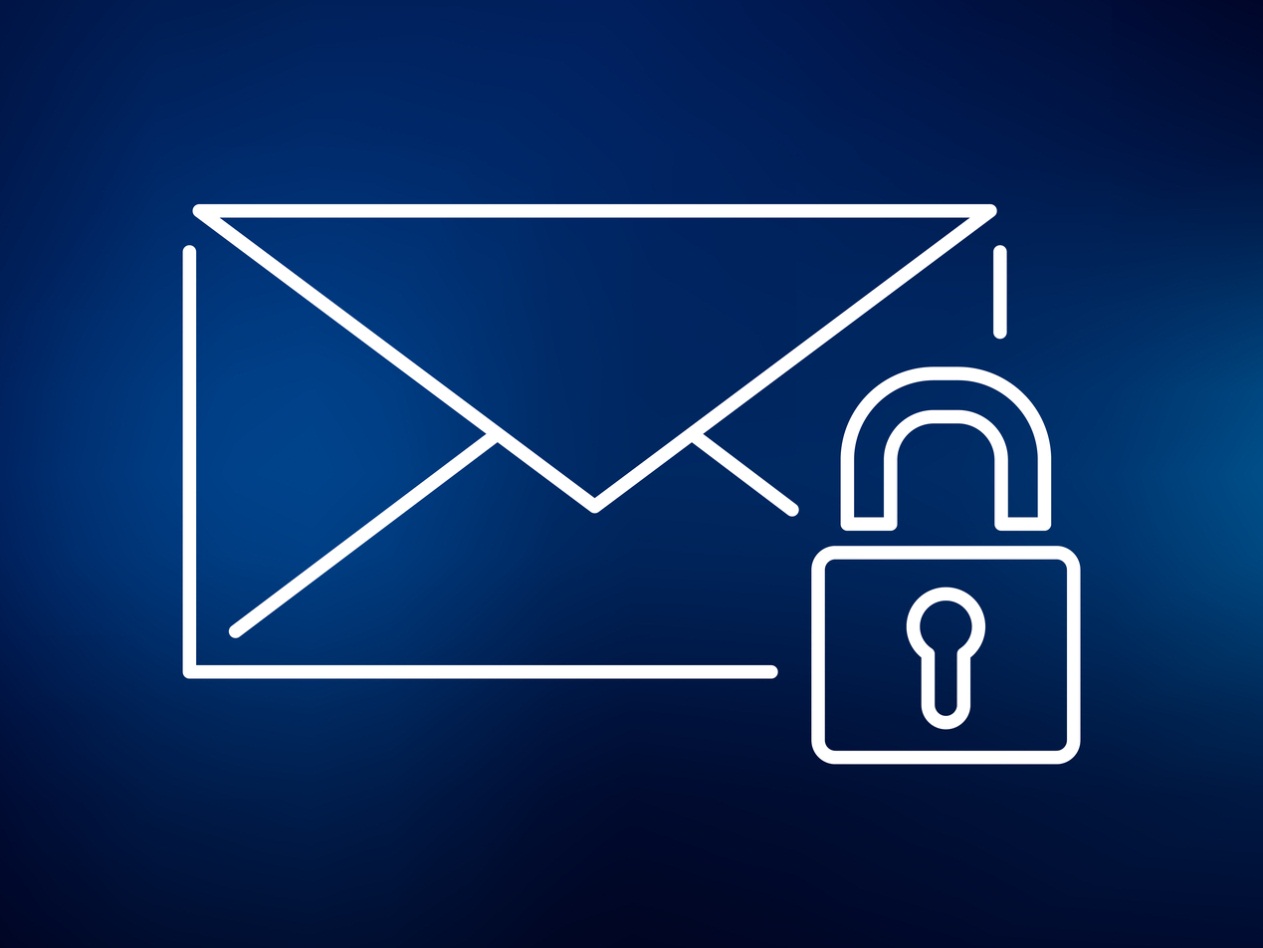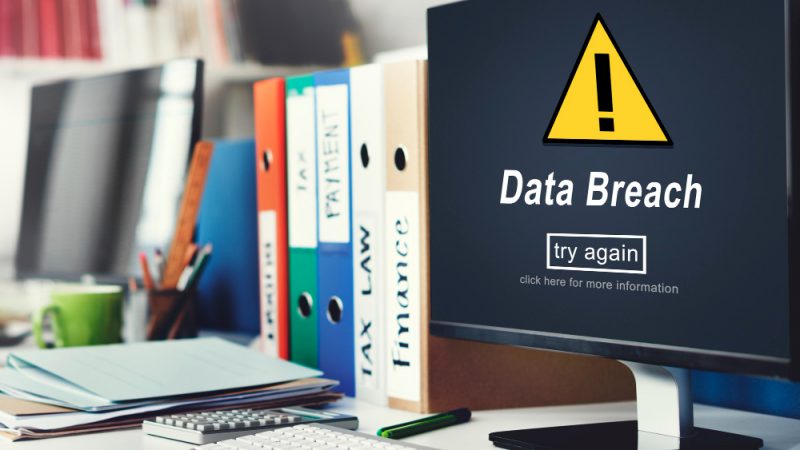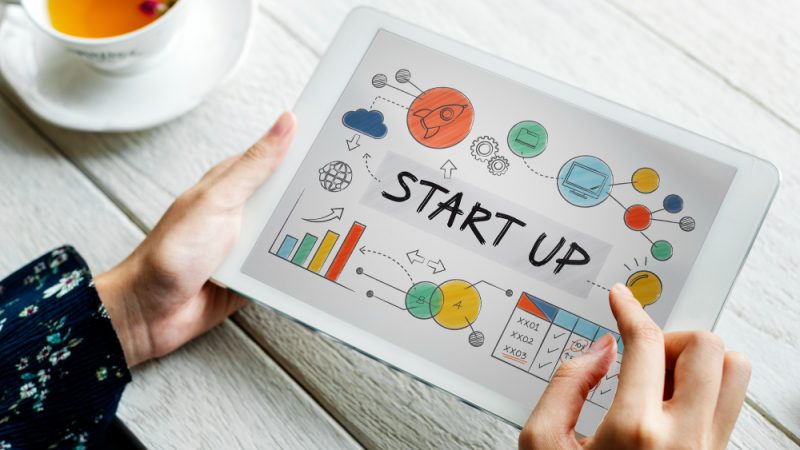How End-To-End Encrypted Email Services Are Better Than Gmail?

In this digital world, emails are the most commonly used medium to communicate and share files. You need an email id to log in to different online service sites, be it Facebook, Twitter, or academic portals that provide university assignment help to students in need.
You can say, email addresses are your gate pass to the digital world. As a result, over half the population use it and share their personal details for online shopping, banking, or even getting essay assignment writing help services.
However, popular email sites such as Gmail have their share of privacy issues. Experts believe users logging into third-party accounts with Gmail ids may have unknowingly given access to third parties to read their details.
You need to understand that emails are interoperable. It means that Gmail accounts communicate with social accounts such as Hotmail and Yahoo. So, if you email someone who uses email services with poor privacy policies just like Gmail, your messages are likely to be at privacy risk, regardless of your email service.
Even though large email service providers such as Gmail offer somewhat protection against tampering users’ email details, most don’t provide the protection level you expect. Nonetheless, all email service users deserve privacy and complete security from third-party access – and that’s where end-to-end encrypted emails come in.
What is End-to-end Encrypted Email?
End-to-end encrypted email applies encryption to messages of a device so that only the device that gets the messages can decrypt them. As only the sender and the recipient’s services can access and read the encrypted messages, ISPs, and government bodies cannot access information included in these messages.
A primary service like Gmail uses Transport Layer Security (TLS) to provide an encrypted route to protect your privacy during transit. Since end-to-end encrypted emails are inaccessible by third-party services, it makes the process much more secure. Furthermore, it ensures:
- Monitoring
- Data protection
- Credibility
- Data Security
End-to-end email encryption (E2EE) only works if the sender and the recipient use similar E2EE services or alternative services like ProtonMail and Tutanota.
For instance, ProtonMail services allow users to have private conversations with other users even if they don’t use ProtonMail. On the contrary, Gmail uses TLS, which leaves your messages open to privacy threats and can be accessed by the email provider, despite emailing from a ProtonMail account.
Hence, to mitigate this challenge, some companies use E2EE and zero-access encryption to provide privacy and safety to the users. Furthermore, E2EE services users the “Encrypt for Outside” feature to send E2EE messages to users without an E2EE service, making them password protected.
What Makes End-To-End Encrypted Email Services Better Than Gmail?
End-to-end encrypted email services are better and safer than Gmail because they reduce privacy and security risks if one’s emails are not E2E encrypted. The two pivotal benefits of these services include:
- Fewer Chances of Third-party Attacks
Almost all email providers have access to your messages and personal details on their servers. This makes it easier for any hacker to access all your and others’ attributes stored on the server. Even though these kinds of email hacks are common and most giant firms have been victims, Microsoft is an example of being a recent victim of this kind of hack.
- Improved Data Privacy
Gmail gathers a large amount of data from its users. The bot accesses all the content of your emails to give labels and communicate with different applications on Google. The “add-ons” feature on the Gmail account also makes details vulnerable. If you click on it, chances are, the third-party developers will read all your messages.
What’s more worrisome is that all unencrypted data on the server are often directly seized during investigations. Such data requests also depend on a country’s data protection laws, so email service providers have no choice but to share the details if government authorities request them.
But if the service provider uses end-to-end encryption, the company can control who can access data and avoid complying with legalities.
ProtonMail’s End-to-end Encrypted Email Service: The Answer to Online Privacy
End-to-end encrypted email services such as ProtonMail, Tutanota, or Posteo strictly focus on creating ways to provide safe control of all information without fail. Their motto is to provide online privacy so users can use email services without worrying about safety and the stress of getting their details misused.
Online privacy is more than just encrypted emails. It automatically safeguards your emails and allows you to send and maintain private conversations. In addition, E2EE services allow users to protect their VPN. For example, ProtonMail allows non-ProtonMail users to access the account using the “Encrypt for Outside” option. Furthermore, users can safeguard their internet browsing activities, thanks to their free secure VPN.
ProtonMail’s user details are stored with solid protection codes in developed countries like Switzerland. As a result, ProtonMail is exempted from various anti-privacy laws and protects data from legal jurisdiction, so they don’t have to comply with the legal jurisdictions.
Conclusion
Implementing an E2EE security system allows companies to protect their users from data breaches, legal challenges, and phishing issues, which are companies’ significant challenges globally. Also, using E2EE authentication prevents malicious activities like eavesdropping and stealing private keys or tricking senders with malicious keys. By protecting keys and personal details using E2EE encryptions, service providers maintain online authentication and provide the much-needed security to all the encrypted messages and attachments of your and the recipient’s emails.
Author Bio
Henry Tesfaye is a developer, blogger, and tech enthusiast. He regularly blogs about cyber security, digital trends, and software development to connect with a broader audience of similar interests. In addition, Henry is a top-rated tutor at Myessayhelp.co.uk, where he assists IT students with their university assignments on request.






